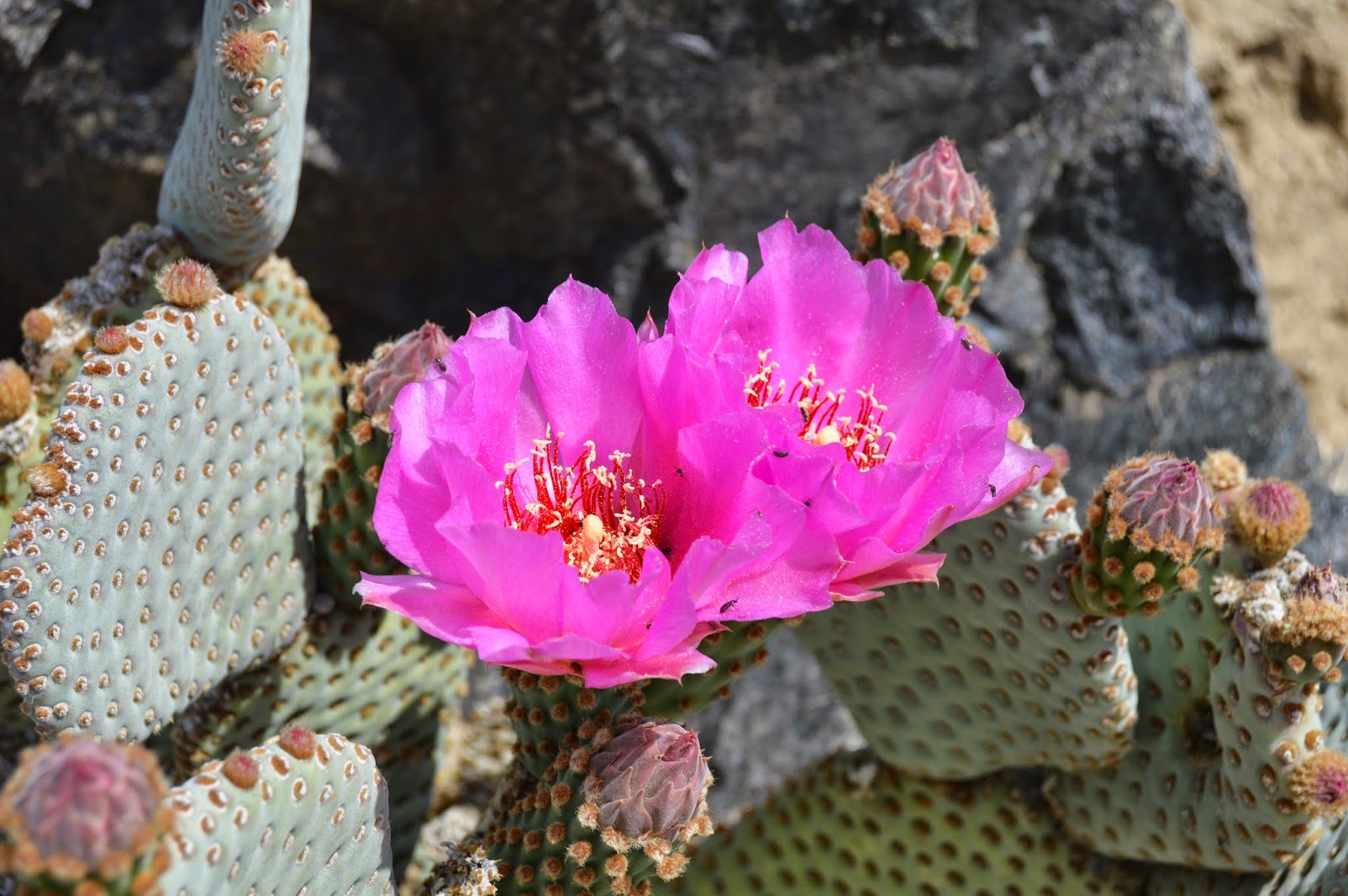March 18 – 19, 2015
We made it back into California with a short stop in
Twentynine Palms so we could enjoy a day of hiking in Joshua Tree National Park
again.
We spent the day enjoying the diversity of the rock
formations and vegetation. In reading about the rock formations where we hiked,
we learned the granite 85 million years of time and it is called monzogranite. It
is one of two prominent rock types found in the park. The other one is called
Pinto gneiss (pronounced “nice”). We found both types fun to wander around and hike
on.
What do you see?
Rock Path
Rock Tooth?
Rock Mountain
Such a Cutie, the rock is pretty awesome too
Rock Waterfall
The following pictures truly don’t do justice to what we saw
in person, but I hope you enjoy them and can visualize you being there!
Do You See Two Profiles?
Maybe This Will Help
There are two deserts within the national park so you are
treated to a lot of differing vegetation and rock formations. The eastern half
of the park lies within the Colorado Desert. This habitat of the lower Colorado
River valley is art of the much larger Sonoran Desert. The western half of the
park is Mojave Desert. We found such beauty in both halves and a person could
truly spend many days discovering unique areas and formations.
Enjoying the hike
What do you see?
Rocks within rocks
Layering
Leaning just a bit
Pretty in Pink
Support
A Touch of Red
Rock Headstones
Still Growing
Silkworm Habitat
Almost Blooming
Picture Postcard
Wild Thing
Our next stop as we beat feet toward home is Banning
California so we can catch up with family and friends. We just might be able to
play a round of golf too!



















































